For anyone who has driven from Oslo to Bergen, following the E16 motorway through the Valdres valley, they have definitely discovered the beautiful little city of Fagernes.
The name itself speaks of its beauty: ‘Fagernes' is a compound of the two Norwegian words ‘fager' and ‘nes' – meaning pretty (fager) and headland or spit (nes).
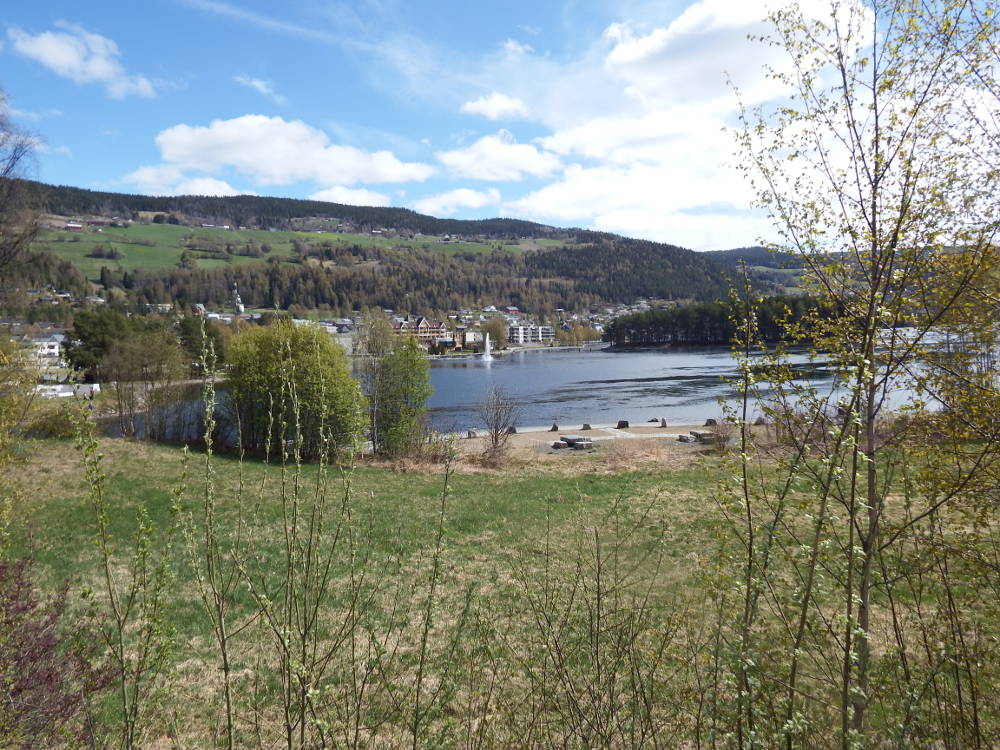
This sight awaits you on your way through the historic valley. You'll certainly know when you've arrived – with lake Strondafjorden opening up the landscape before you, the Valdres museum promontory jutting out into the lake, and the local Kvitberget mountain keeping watch over the city.
Where is Fagernes?
Fagernes is an important tourist hub in the former county of Oppland (now part of Innlandet) and serves all those travelling between Eastern Norway (Østlandet) and the West Coast (Vestlandet), as well as tourists heading up to the Beitostølen ski resort and further on into Jotunheimen National Park.
While it may be small, Fagernes is the capital of the Valdres district and the largest city in the valley with 1,800 people. It's definitely a major starting point for experiencing Norwegian seter (alpine or mountain pasture) tradition and culture, as well as breathtaking mountain scenery.
One of Fagernes' attractions is the stunning Valdres Folk Museum, which comes alive on the 17th of May (Norway's National Day) and in summer. The museum houses the national bunad (Norwegian national costume), as well as the folk music, dance and musical instrument collections, making it quite a unique cultural hub.

So far museum workers have sourced 70,000 items from private and public collections around Norway, as well as photographed and researched their stories. No doubt adding to the significance of Fagernes as the storehouse of Norwegian cultural history.
On a sunny summer's day, you won't want to miss out on taking a walk through the museum's open air exhibits, and right around the promontory, where breathtaking scenic views of Fagernes, the lake and surrounding mountains, can be enjoyed.
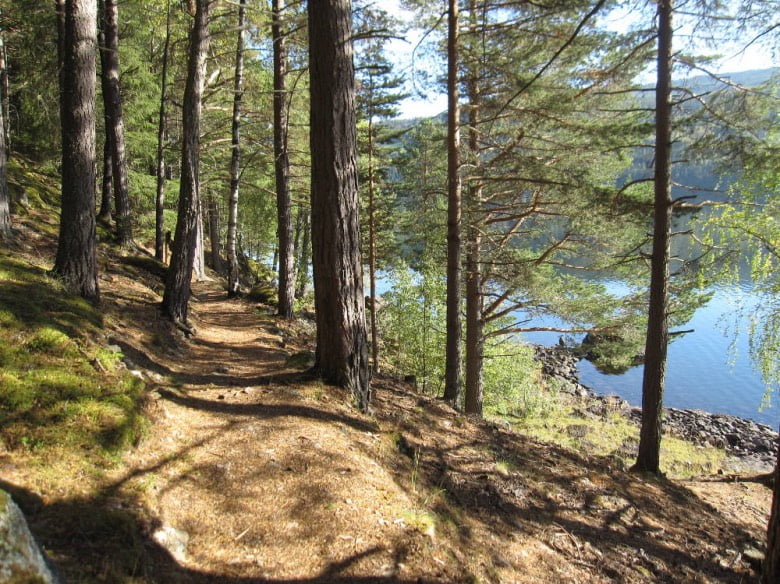
There are several small islets in the lake, one of them called Vesleøya, which you can walk out to from the centre of town. A small bridge connects it to the city, and almost feels shrouded in a mystical air in the stillness of winter.
Traditional farming culture
Traditional mountain farming and the seter customs are still practiced and observed in Fagernes and the Valdres valley.
Something that has become a symbol and is visible on almost every barn and farm house in the valley is the Valdresrosa or the Valdres rose.
Curiously, the origins of the rose are German. The design was first taken to America in the 1900's and later found its way to Norway.
The original symbol is based on ‘die lippische Rose', which was a traditional folk decoration in Lippe, Germany. Today you'll find the Valdresrosa integrated into barn walls as a window, as well as also simply attached.
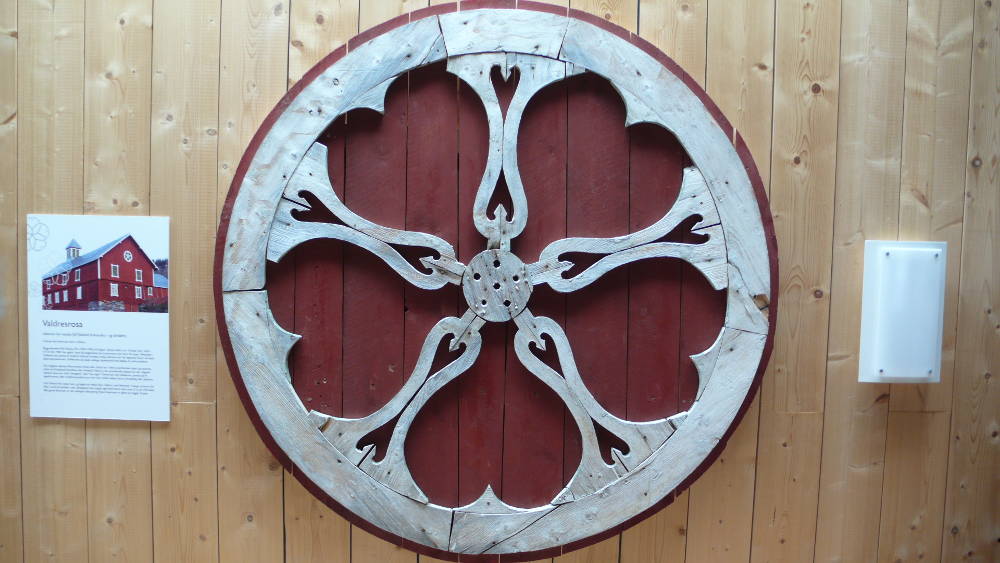
Impressive views
The area around Fagernes is home to some of the most panoramic mountain views, with certainly no shortage of lookouts to visit or places to breathe in the sights from.
The first lookout is on the Gjøvik road (Rv 33) on top of Tonsåsen mountain. As you start the descent into Aurdal, the impressive peaks of Jotunheimen greet you on the horizon, alluring you with their majesty and secrets.
The panorama continues on the road (Fv 264) towards the former Fagernes airport at Leirin. If you stop just above Leira, you'll have a fantastic view over Fagernes, something that is especially stunning in summer with the lake twinkling back at you.
Fagernes by air
The Fagernes airport used to receive international flights, but nowadays air traffic is limited to charter flights for winter tourists keen on visiting the stunning Jotunheimen and nearby Synnfjell in Langsua National Park.
The busiest runway in use today is lake Strondafjorden both in winter, when it freezes and light aircraft can land on it, and in summer, when seaplanes take off and land on the water.
Beitostølen: A resort town in the mountains
The views continue on the way up to Beitostølen, the ski resort town at the southern entrance to Jotunheimen National Park. The park is home to Norway's highest mountains and the spectacular Valdresflya (Valdres plateau), where wild reindeer herds roam.
To get to Beitostølen you can take one of two routes: the quiet country road via Skrautvål (Fv 271), or the main road (Rv 51) which serpentines its way up past several inland lakes. As you near the Valdres plateau, you'll be greeted by Bitihorn (1607m), the southern sentinel of Jotunheimen, whose summit also offers amazing views over the park.
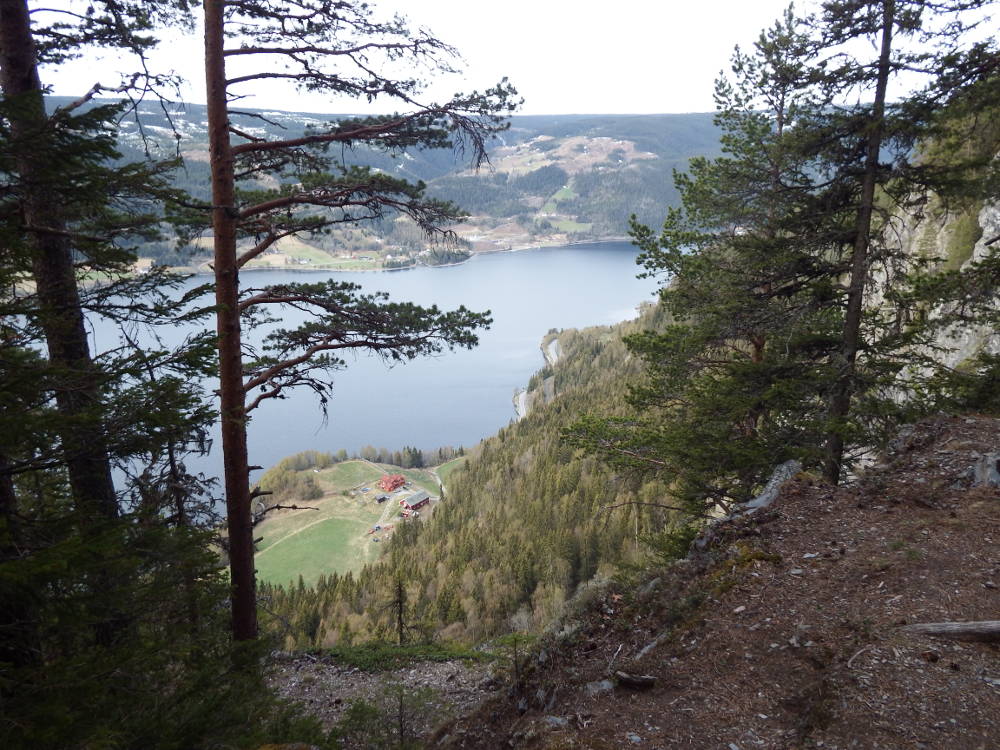
The final lookout is up at Kvitberget, which is a short hop from the centre of Fagernes and a part of Fodnesåsen (Fodnes ridge), rising high above the city. It's a challenging, steep climb up to the top but doesn't take more than 30 minutes and is absolutely worth the view.
Read more: Hiking in Norway
Kviteberget used to be the home of several cotters. The last cotter, Johan Mikjelson from Nilsebrøtin, moved out in 1936. To get to Kviteberget, Johan, his wife Kari and five kids had to walk across an ice packed Strondafjorden and use two wooden planks as a bridge to reach safe ground.
The family was allowed to live at Kviteberget in exchange for 14 days work each year at the nearby Øvre Nes farm. The remains of the cotter's home, with the main house, a cabin and a small fireplace, can still be seen today.
Food heritage
People have been living in the Fagernes and the Valdres area for centuries, keeping its unique heritage and customs alive. Noraker Gård is a farm with a fourteen generation long history, which you can see, feel, breathe and taste.
Here they've been producing the unique Rakfisk for decades, although the actual Rakfisk process dates back 5,000 years. Rakfisk is a salted and fermented fish that undergoes a maturing process similar to cheese, and tastes very different to smoked salmon or gravlax.
In November, the Norsk Rakfiskfestival is celebrated, and Fagernes comes alive with events, tastings, concerts and the crowning of the best Rakfisk of that year.
The musical traditions of Norway are also celebrated in Fagernes at the Jørn Hilme festival, Norway's oldest folk music festival, and an ode to the Valdres fiddler.
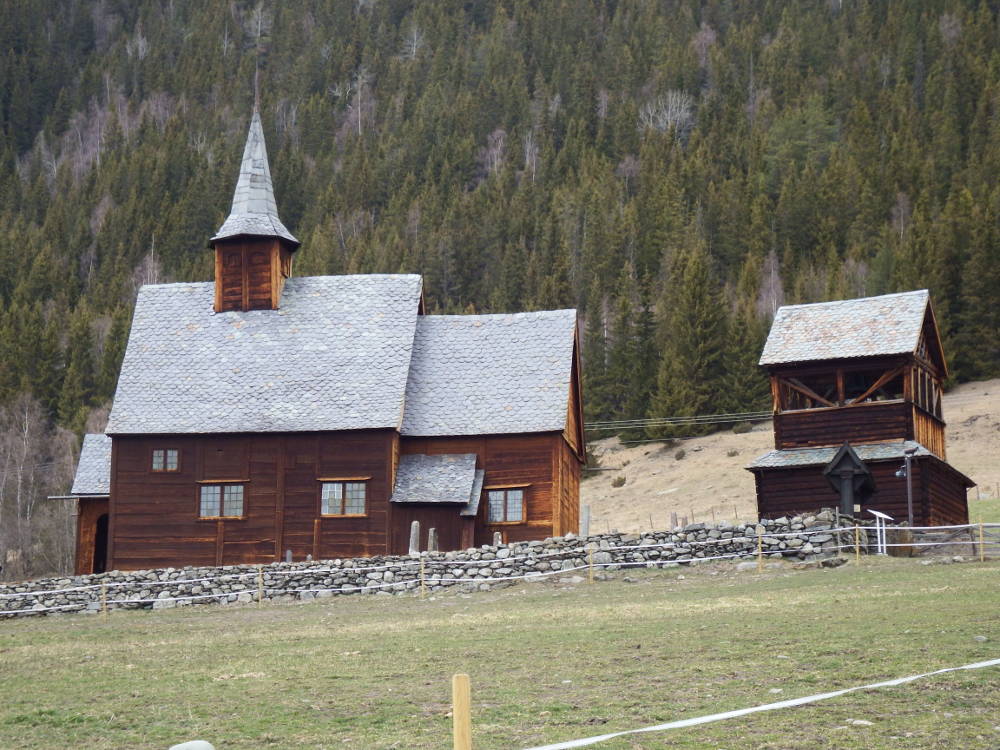
Long-distance hiking
So if all of this has whetted your appetite and you're now planning a visit to Fagernes, then perhaps you'd like to do it the old fashioned way and hike it?
The Valdres valley has its own Pilegrimsvegen (Pilgrim's Way), which follows the Bergenske Kongevegen (Bergen King's Road), the old route between Oslo and Bergen, which has now become the E16.
Start the walk at Aurdal, just outside Fagernes, and follow the trail through the valley, past stunning authentic wooden stave churches, and other archaeological sites of significance, such as the Gardberg site and Einang rune stone.
Sections of the old Kongevegen have been rebuilt to accommodate hiking tourists, keen to walk over the Filefjell mountain pass, and down into Fjord Norway.
Whichever way you choose, Fagernes is similar to the many other towns and districts in Norway – small and unassuming. But once you peel back the layers, you'll find it as deep, rich and colourful as the larger cities. Welcome to Fagernes!


My mother’s maiden name Fagernes first name Orva, was proud of her 100% Norwegian heritage. Much of it lost. There’s the Fagernes church here in Blair, Wisconsin. And a family tree tracing back to Norway 🇳🇴 however I would enjoy getting in touch with the council in Fagernes, Norway to find out our possible connection with the town.